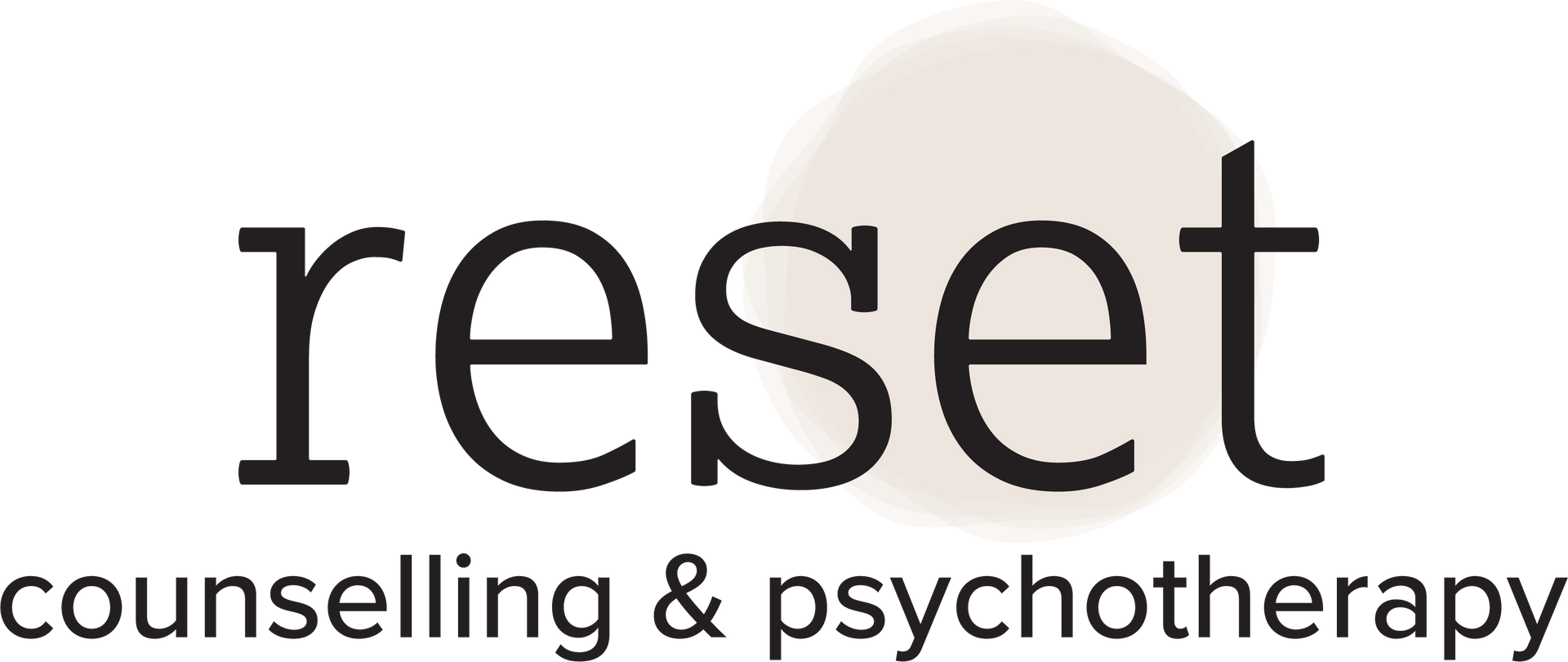Recognizing and Regulating Emotions
How you can master the art of self-regulation.

Have you ever noticed how movies can evoke powerful emotions in you? Whether it's the gut-wrenching action of "Sisu" or the tension-filled narrative of "Vantage Point," films have a way of triggering deep-seated emotional and physiological responses. But how often do we pause to examine what’s happening inside us when we experience these emotions? This is a central question in psychotherapy—how do our emotions manifest, and what role do they play in our mental well-being?
Understanding Emotional Regulation
Emotional regulation is the ability to manage and respond to emotional experiences in a balanced way. In therapy, we explore emotions not as problems to be eliminated but as signals that guide us toward understanding our thoughts, behaviors, and relationships.
For example, think about the fight, flight, or freeze response. This is a physiological reaction to perceived threats, where emotions like fear or anger surface. These emotions serve an essential purpose: they alert us to danger and prepare our bodies to respond. However, when these emotional responses become chronic or excessive, they can interfere with daily life and relationships.
Therapists often help clients distinguish between the physiological aspect of emotions (increased heart rate, muscle tension) and the psychological aspect (thoughts and interpretations). By recognizing these distinctions, individuals can learn to regulate their emotions effectively rather than being overwhelmed by them.
When Do Emotions Become a Problem?
Emotions in themselves are neither good nor bad. However, they can become problematic when they are either suppressed or expressed in a way that harms oneself or others. A useful way to frame this is: our strengths, when taken too far, can become our weaknesses.
Take anger, for example. At its core, anger is a response to a perceived injustice or a boundary being crossed. It can serve a protective function, signaling that something is wrong. However, when anger spirals out of control—leading to aggression, resentment, or destructive behavior—it becomes problematic. The goal is not to eliminate anger but to channel it in a constructive way.
This principle applies to all emotions. Fear can keep us safe but can also become paralyzing. Sadness can help us process loss but can become debilitating if it turns into chronic despair. Joy can uplift us, but excessive pursuit of happiness can lead to impulsivity or avoidance of necessary discomfort.
Building Emotional Awareness in Therapy
One of the first steps in therapy is helping clients recognize their emotional patterns. A simple yet effective technique is frequent emotional check-ins. Therapists might ask, “What are you feeling right now?” This moment of reflection allows clients to become aware of their emotional state in real time.
Clients often realize that they have been on autopilot, reacting to life without noticing their emotions. By regularly pausing to identify their emotions, they develop greater self-awareness. Over time, this awareness extends beyond therapy sessions, helping them navigate daily life with greater emotional intelligence.
Practical Techniques for Emotional Regulation
There are several evidence-based techniques that therapists use to help clients regulate their emotions:
1. Body Regulation Techniques
Since emotions are deeply connected to physiological states, techniques that relax the body can have a profound impact. These include:
- Deep breathing exercises to activate the parasympathetic nervous system.
- Progressive muscle relaxation to release tension.
- Grounding exercises (e.g., noticing five things you can see, four you can touch, three you can hear, etc.) to bring attention back to the present moment.
2. Cognitive Reframing
Often, our emotional responses are influenced by our interpretations of events rather than the events themselves. Cognitive reframing helps individuals shift their perspective to a more balanced view. For example, instead of thinking, "I failed, so I’m not good enough," a more constructive reframe might be, "I struggled with this, but I can learn and improve."
3. Naming Emotions with Precision
A simple yet powerful exercise in therapy is learning to describe emotions in one or two words. Instead of lengthy explanations, therapists encourage clients to distill their feelings into precise terms like "angry," "lonely," or "frustrated." This practice prevents clients from getting lost in analysis and instead focuses on identifying and addressing emotions directly.
4. Mindfulness and Emotional Acceptance
Rather than suppressing or avoiding emotions, mindfulness helps clients observe their emotions without judgment. This approach fosters a healthier relationship with emotions, allowing them to pass naturally rather than intensifying due to resistance.
Applying These Techniques Beyond Therapy
The benefits of emotional regulation extend far beyond the therapy room. Consider relationships—many conflicts arise when emotions are either ignored or expressed in unhelpful ways. Parents, for instance, often guide their children through big emotions. When a child screams over a toy being taken away, the goal is not to invalidate their feelings but to help them express their frustration in a way that fosters understanding rather than conflict.
Similarly, in adult relationships, unchecked emotional reactions can lead to cycles of resentment and misunderstanding. Learning to express emotions constructively strengthens connections rather than damaging them.
Emotional awareness is a skill that can be cultivated. Whether in therapy or daily life, taking the time to recognize, understand, and regulate emotions leads to greater well-being and healthier relationships. Just like watching an intense movie, our emotions might take us on a rollercoaster ride—but with the right tools, we can learn to navigate them rather than be consumed by them.
This blog is a companion to Season 1 Episode 5 of our podcast Beyond the Session brought to you by our team of psychotherapists in Barrie, Ontario. You can click HERE to listen, or if you'd like to book a session you can follow this LINK.
Photo by Marijana Vasic on Unsplash
COPYRIGHT © 2024 LINDSAY TSANG. ALL RIGHT RESERVED. POWERED BY WEBEXPERTZ.CA

